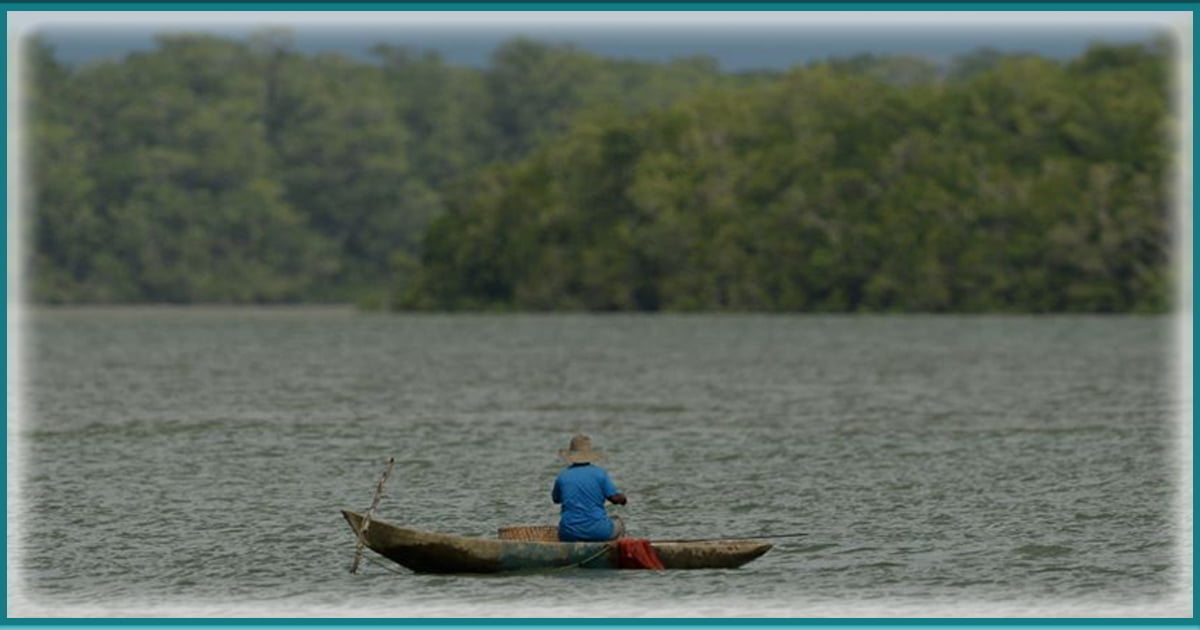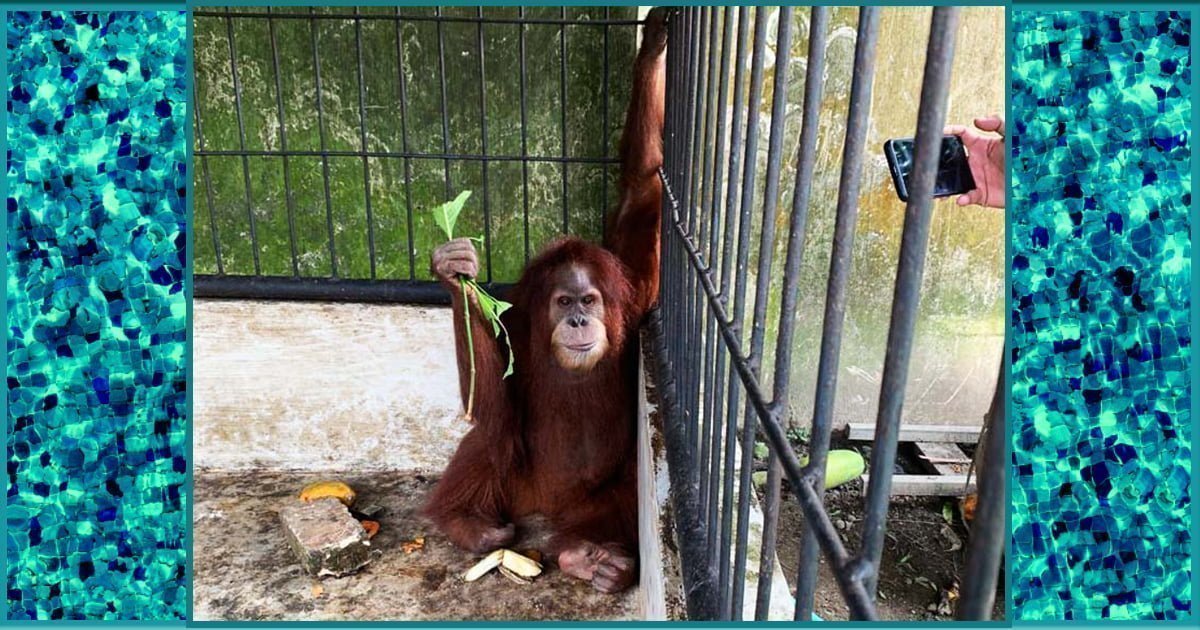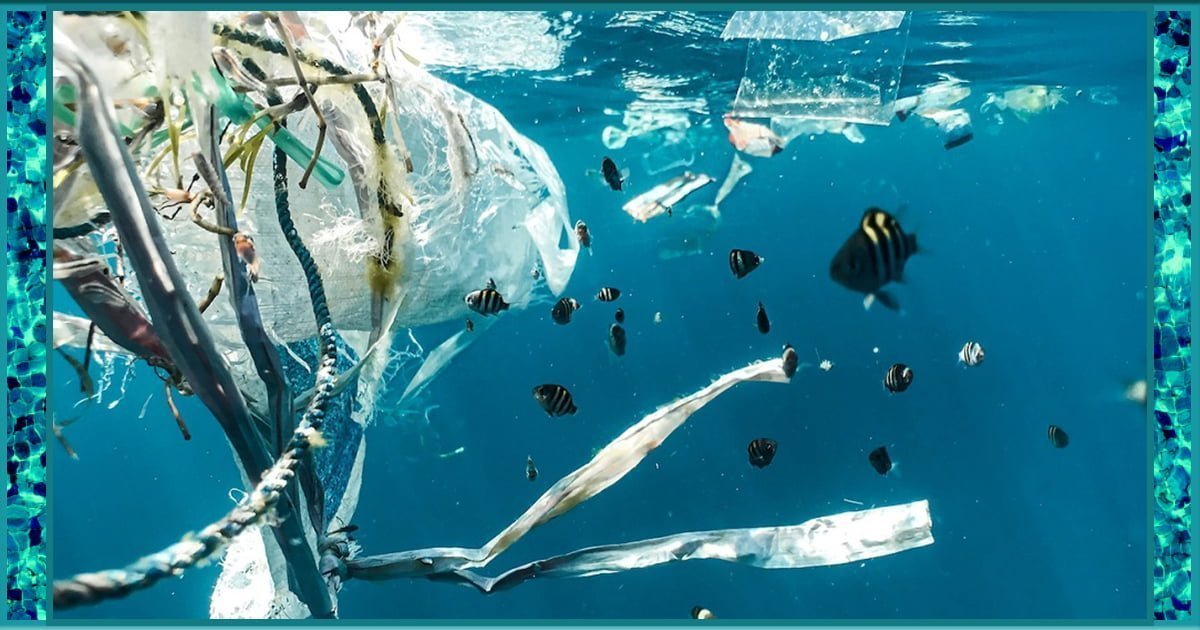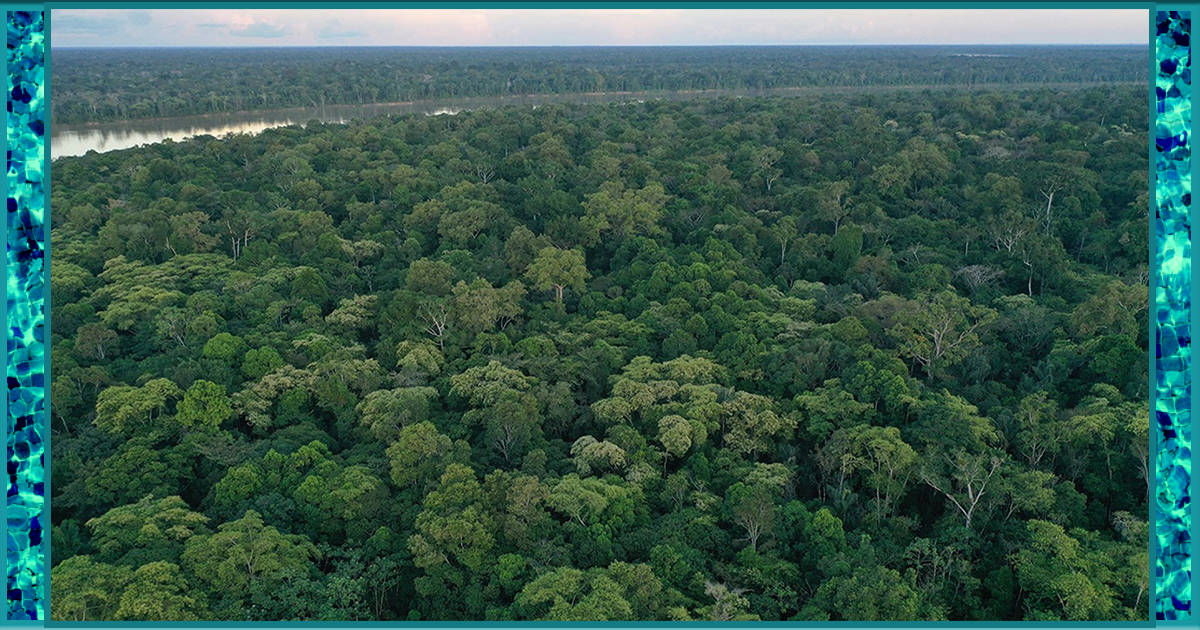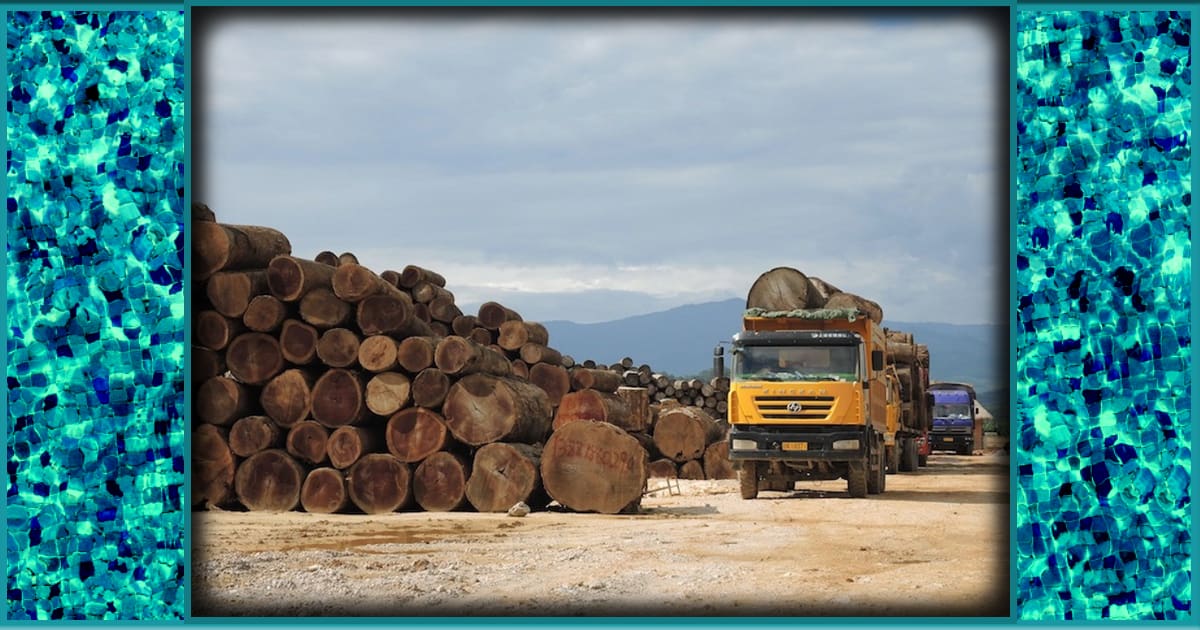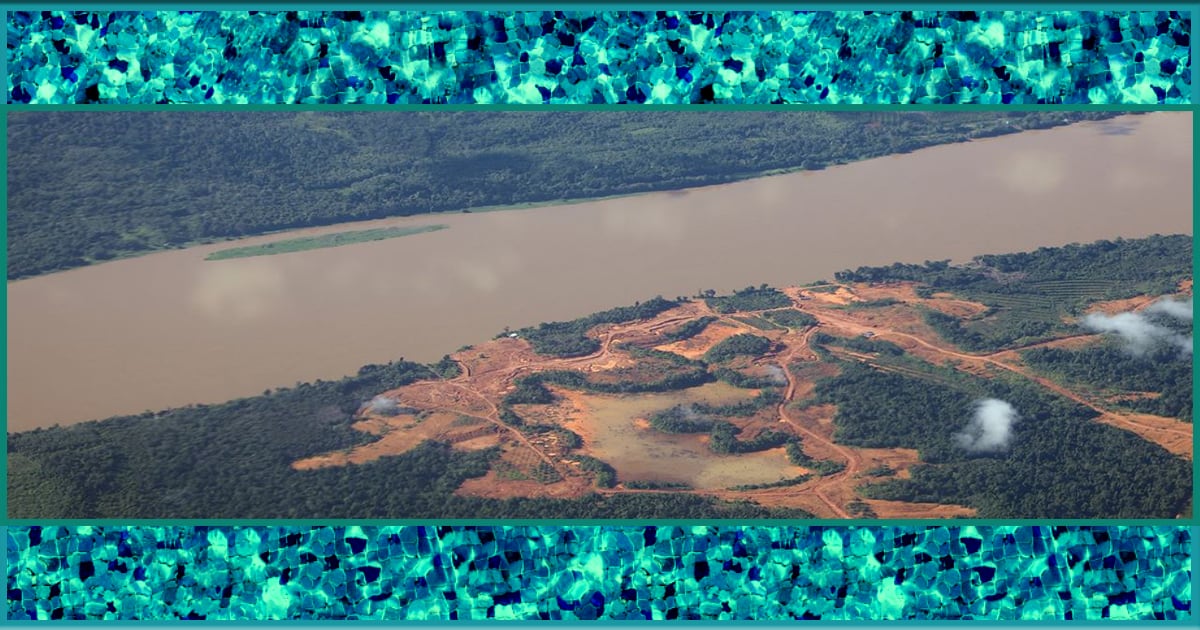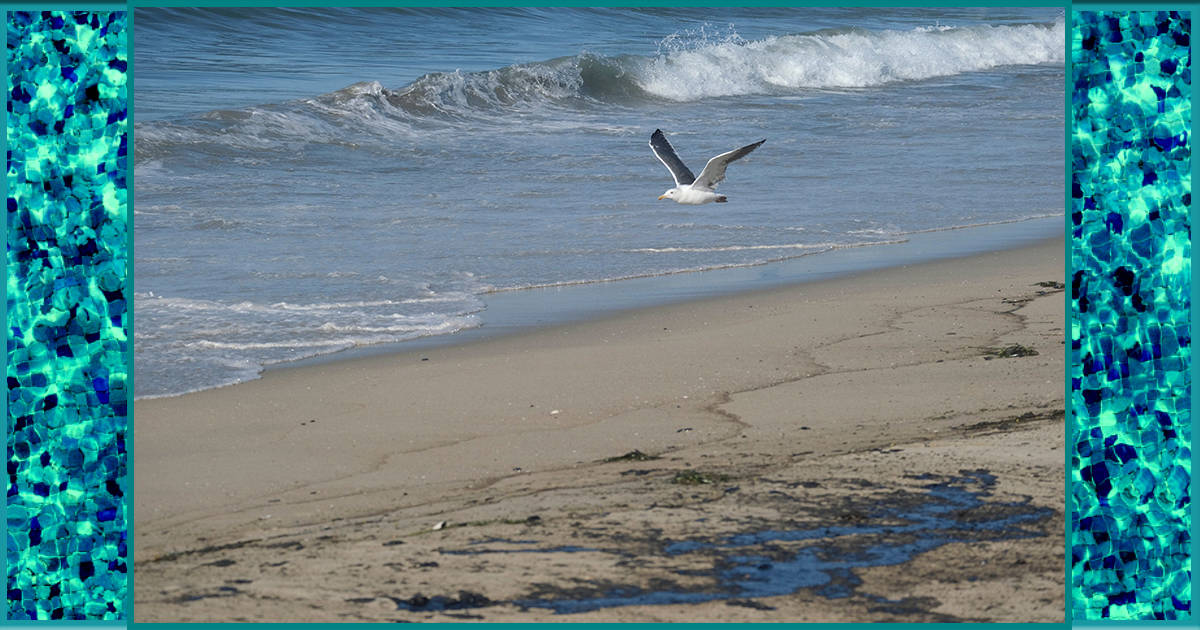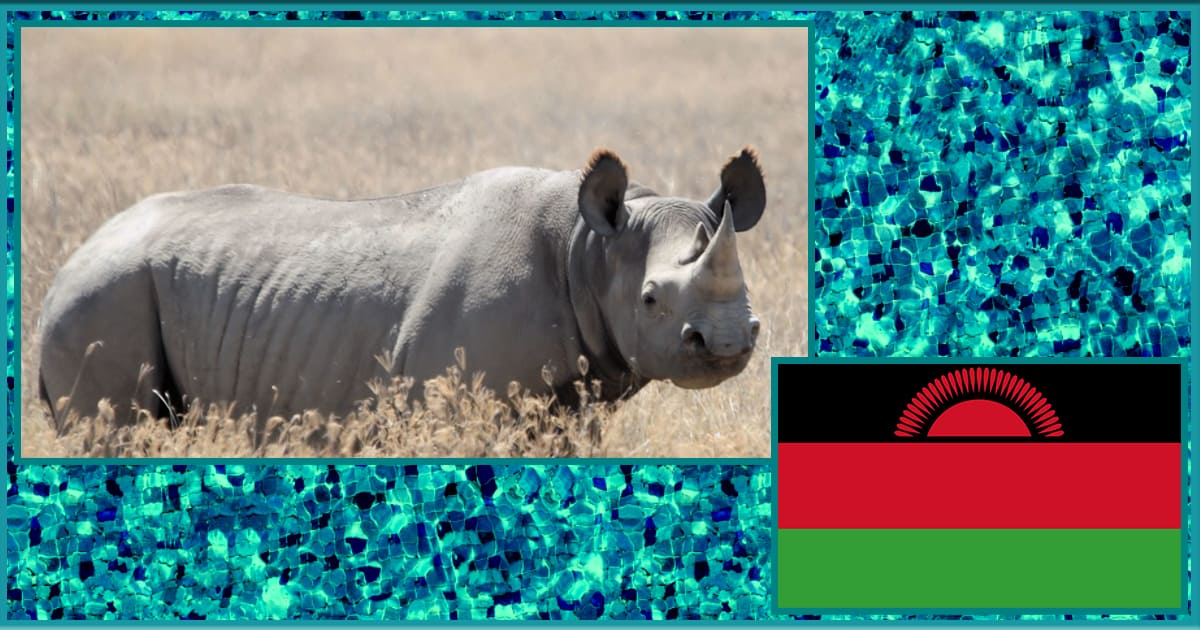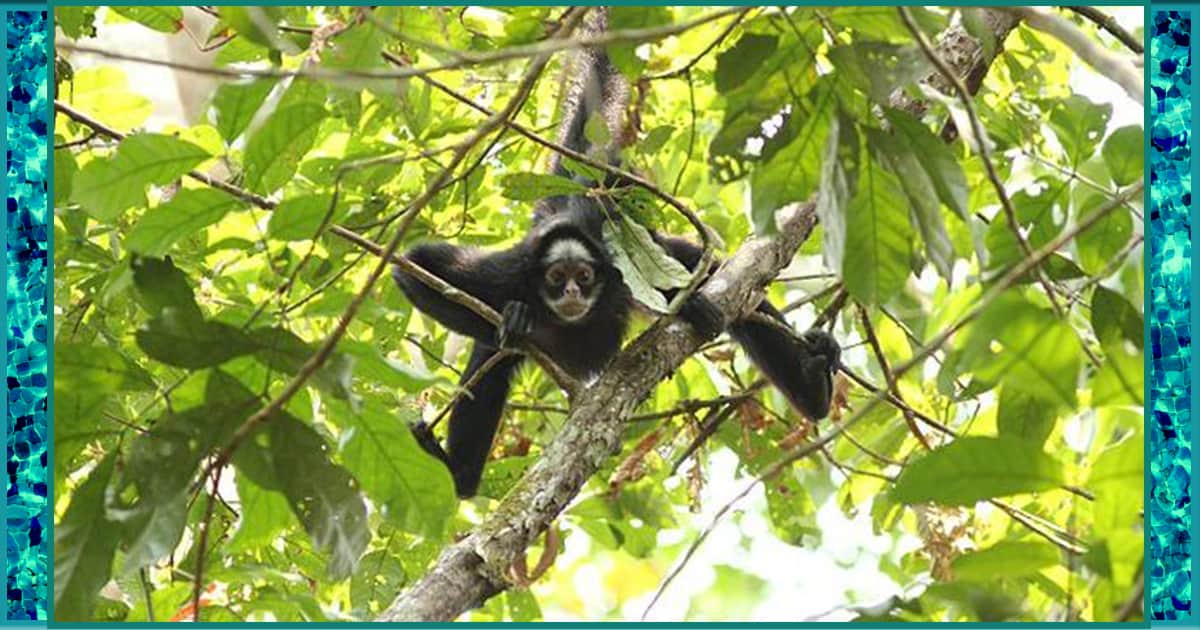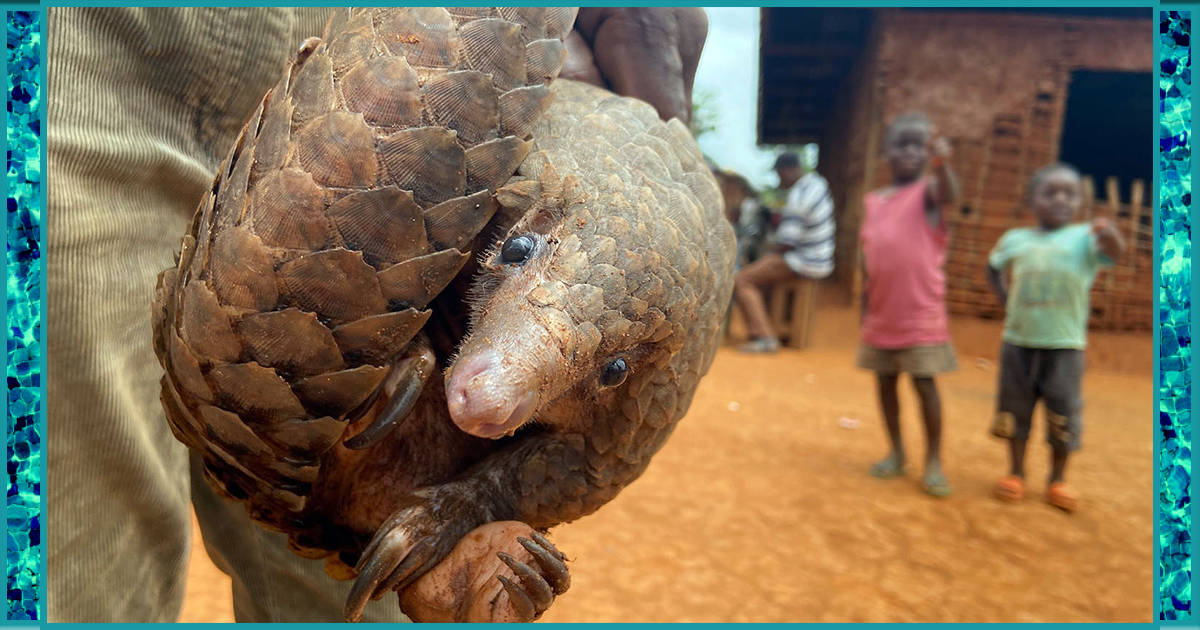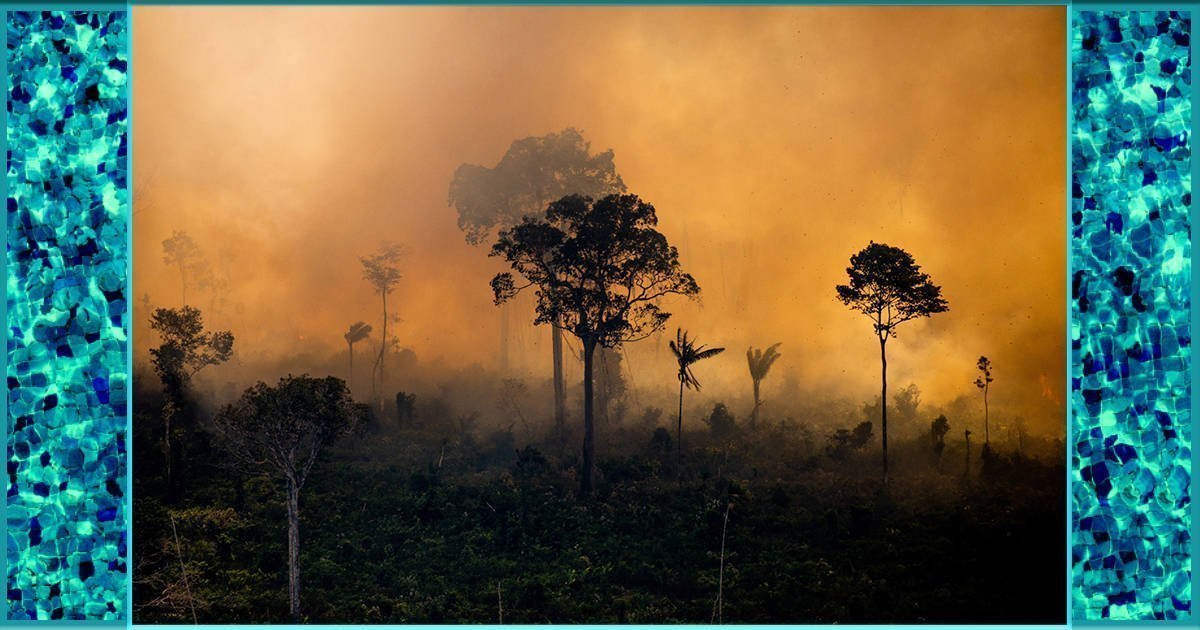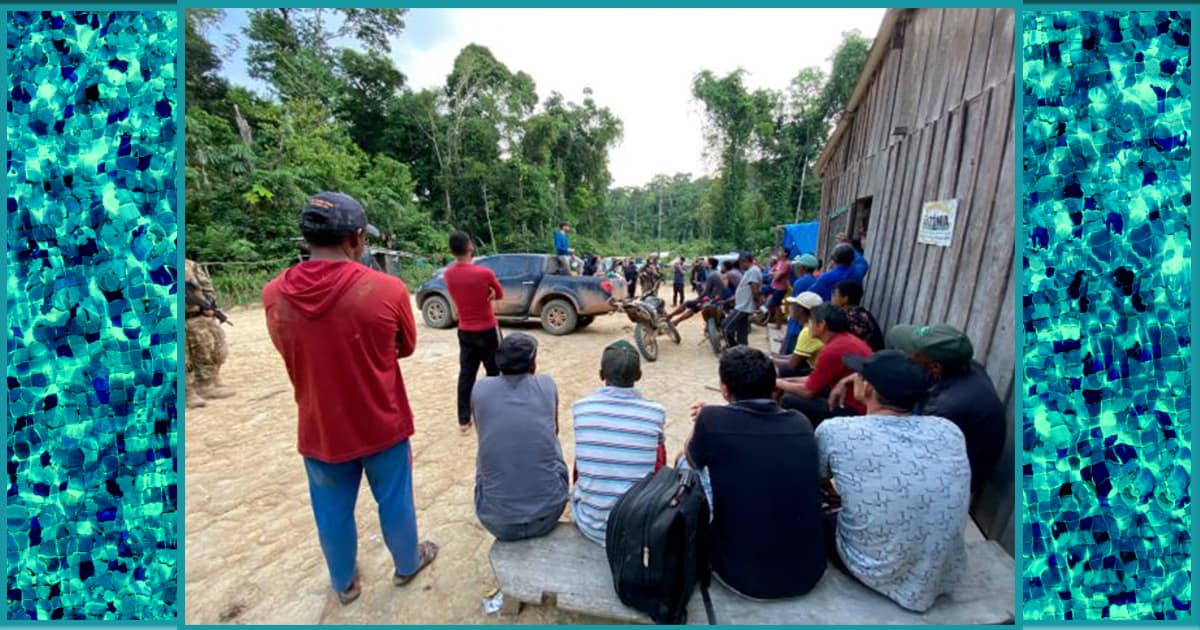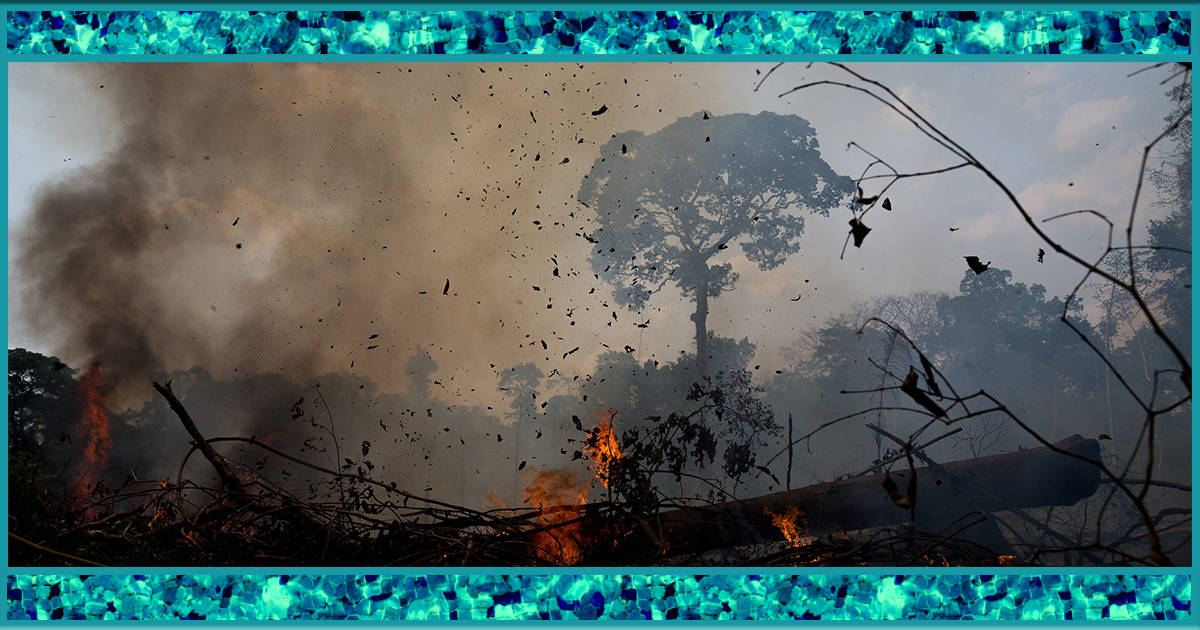Afro-Caribbean community safeguards pristine oceans with new protected area
by Maxwell Radwin – MongaBay – Creative Commons
- The newly designated Isla Ají marine protected area covers over a total of 24,600 hectares (60,800 acres) of coastal, terrestrial, and marine ecosystems on Colombia’s Pacific coast.
- The Naya River Delta, where the protected area is located, is home to a variety of diverse ecosystems, from tropical forests to beaches, mudflats to mangrove forests.
- The new marine protected area contributes to Colombia’s goal of conserving 30% of its surface by 2030, part of a larger global commitment made by around 70 countries to promote biodiversity through the creation of protected areas.
- Many of the communities near Isla Ají hope to transition to ecotourism to fulfill their conservation goals, but the investment is still in its early stages.
(MongaBay) – An Afro-Caribbean community on the southwest coast of Colombia has helped establish a new marine protected area that will create more sustainable fishing and hunting practices while ensuring that one of the country’s most undisturbed ecosystems withstands outside threats of deforestation and pollution long into the future.
The Isla Ají marine protected area, which covers 9,425 hectares (23,289 acres) of coastal and terrestrial ecosystems and 15,174 hectares (37,495 acres) of marine ecosystems, was the result of more than two decades of work by regional officials and the Council of Naya River, which represents 19 Afro-Colombian communities concerned about protecting the area’s ecosystems.
“The local communities of the Naya River saw the need to protect a site that they considered to be of great cultural and environmental importance,” said Jorge Parra, chief coordinator of protected areas for the Wildlife Conservation Society (WCS) in Colombia, which helped designate the marine protected area. “Through the creation and implementation of community projects, residents can improve their harmonious coexistence with their environment.”

The Naya River Delta is home to a variety of diverse ecosystems, from tropical forests to beaches, mudflats to mangrove forests. These ecosystems are home to many critically endangered species, including the green sea turtle (Chelonia mydas) and olive ridley sea turtle (Lepidochelys olivacea). There are also humpback whales (Megaptera novaeangliae) and largetooth sawfish (Pristis pristis).
Many of these species use Colombia’s Pacific coast as a feeding stopover during a much longer migration that can span Alaska to Chile. As many as 17 species of migratory shorebirds stop in the area, according to WCS.
“[The communities] established this project to maintain all their culture but also the biodiversity,” Parra said. “Their culture is related to their environmental values. They want to ensure sustainable use of it for the long term. With a protected area, they can achieve that.”
Creating Isla Ají
The department of Cauca, where the ecosystems are located, is rife with deforestation driven by loggers, miners, and coca plantations, among other things. And while the delta area has remained relatively free from these threats over the years, community members wanted to establish the protected area to keep it that way long into the future.
They also wanted to protect it from themselves.
“The desire to make the protected area came from the increase in the population over the last 300 years of the community council’s history,” said Katy Garcés, a resident and coordinator of the project. “Because there are more and more families and there is more and more pressure on the natural resources both in its use and on the agricultural level.”
As the communities’ population has grown, an increasing number of residents need to cut down the surrounding forest for firewood and construction timber, among other things. The communities were interested in logging restrictions, as well as how to more sustainably manage the amount of waste they were creating.
They identified many fishing and hunting practices that were proving unsustainable and needed to be changed systemically. They wanted to draft a management plan for a protected area that could be discussed and negotiated among all members of the communities.
Some fishermen were using nets with very small holes, making it easier to catch juvenile fish, preventing them from reaching reproduction age. Other residents were cutting down mangroves for firewood that degraded fish nurseries.

Additionally, residents were destroying the caves of the mouthless crab (Cardisoma crassum), as well as overhunting them and targeting juveniles. They were also hunting them with local herbs that wiped out entire colonies.
“They put [a native herb] in the cave and that herb is a poison that disorients them,” Garcés said. “Some of the crabs are collected but all of them die in the cave. That includes the small ones. So what does that mean? That it affects the entire species population.”
Nevertheless, during technical studies of the area’s biodiversity, WCS and other authorities found that the mangroves, mudflats and other coastal ecosystems were in extremely good condition, especially compared to other parts of the Colombian coast. The idea was to keep them that way.
A tradition of stewardship
Long before the marine protected area was a reality, local communities around the Naya River Delta had been conscious of the need to protect their natural resources.
Due to the area’s high biodiversity, it was popular with biologists, who often visited to conduct research. Sofonías Orozco, a member of the Nayera community, would open his house to the researchers and encourage his neighbors to take care of the environment.
“Sofonías always took great care of the area,” said Fredy Mosquera Valencia, of the Regional Autonomous Corporation of Cauca (CVC), which helped with the protected area designation process. “He didn’t allow wood to be cut or water to be taken out without his approval.”
In 1994, several of the Naya River Delta communities registered for protections through the CVC’s regional action plan to increase conservation. But the initiative was shelved for other projects. It wouldn’t be until 2018 that the process was picked up again.

The new marine protected area contributes to Colombia’s goal of protecting 30% of its surface area by 2030, part of a larger global commitment made by around 70 countries to promote biodiversity through the creation of protected areas.
The so-called 30 by 30 goal has been criticized for emphasizing conservation measures that risk pushing Indigenous and local communities off their land. The Isla Ají marine protected area, however, shows that they can be included in conservation efforts — and are often the ones who know what measures to take.
“All their social and cultural relationships are closely related to marine, coastal and forest ecosystems,” WCS’s Parra said, adding, “To create a protected area, you also have to count on them.”
A shift to ecotourism
To comply with more sustainable communal practices, the communities hope to make ecotourism an economic staple of Isla Ají. However, it will be a long time before tourism becomes a viable part of life.
“The idea isn’t that a fisherman stops being a fisherman,” Garcés said, “but that tourism becomes an economic alternative.”
She added, “There are some people that will fish throughout the week but others that only fish during the day … He can say, ‘On Monday and Tuesday, I am going to fish. But from Wednesday to Saturday I will do my tourism job.’”

On a national level, Colombia has doubled down on its ecotourism industry, providing grants to new green projects, hosting sustainable tourism summits, and looking for new areas of investment.
So far, there aren’t any cabins or hotels in Isla Ají. But community leaders hope that some of that investment in sustainable tourism infrastructure will make its way to the area in the years to come. Although Cauca department suffers from relative insecurity, Isla Ají is safe and easy to reach from major urban centers like Cali, Medellín and Bogotá.
“[There is an] invitation to public and private organizations, national or international, that would like to work together on this initiative and be able to participate or strengthen what we have planned,” Garcés said. “We have a vision, we have a desire. But we need strategic allies to meet our objectives.”
Banner image: A resident fisherman takes their boat out onto the Naya River Delta. Photo via WCS.
FEEDBACK: Use this form to send a message to the author of this post. If you want to post a public comment, you can do that at the bottom of the page.
